By Professor Jim Saker
One of the most interesting statements about the motor industry over the past few weeks came when Rupert Pontin of Glass’s was quoted on AM-online saying that “a new hybrid bought today could be effectively obsolete by the time it reaches the end of its normal life”.
His argument was based on the premise that the technology underpinning electric vehicles (EVs) is advancing so fast that new, longer-range vehicles would do away with the need for hybrid technology.

Professor Jim Saker is
director of the Centre for
Automotive Management
at Loughborough
University’s Business
School and an
AM Awards judge.
He has been involved
in the automotive
industry for more
than 20 years.
“Hybrids are designed to solve two of the problems that EVs have faced in recent years – high cost and low range,” he wrote. In support of this, he cited examples from the Paris Motor Show, including the Renault Zoe, with a 250-mile range and a price of £17,000. His conclusion was that electric vehicles could soon consign hybrids to the annals of automotive history.
The debate about what will be the dominant future power train is both complex and multidimensional, involving not only technology, but also Government policy and consumer perceptions. To say hybrids are designed to solve two of the problems of EV vehicles (high cost and low range) is a little strange, as they were primarily designed to reduce emissions and improve fuel efficiency. However, there are other potential problems with Pontin’s thesis.
EVs still face problems
I live in the East Midlands and every time I speak to friends living within the M25 they start to express an enthusiasm about EVs that may not be felt in other parts of the country. They comment that the number of charging points being installed in London is rising and, in addition, EVs are exempt from the London congestion charge. (I don’t fully understand this argument, as I thought the purpose of the congestion charge was to reduce congestion. It appears somewhat counter-productive to encourage more cars into the city, however clean their emissions.)
However, many who live in urban areas don’t have driveways where a car can be recharged and the prospect of cables hanging from first-floor windows is problematic. An increasingly popular Friday night prank in north London involves passersby unplugging EVs from charging stations.
But in Leicestershire or even within the City of Leicester, although many more people have driveways, there are not that many charging points available.
Undoubtedly, advances have been made and EVs are becoming increasingly convenient to use, with recharging times falling. I spoke recently to a company that makes rapid chargers, which could be positioned next to Costa Coffee shops (other coffee outlets are available) and recharge a vehicle within 10-15 mins.
New technology is being developed in Germany that would do away with charging spaces altogether, allowing the road surface itself to charge the car as it is being driven, which sounds like a great idea, if it can be done cost-effectively.
There is also the question of the electricity supply situation in the UK. We are often reminded about problems of peak demand, especially during winter. The prospect of millions of vehicles being charged through the national grid would potentially give rise to questions about the resilience of the nation’s electricity supply situation. There will undoubtedly be a move towards more electric cars, but other options, including hybrid, surely have a future.
Diverse powertrains are the future
Hybrid vehicles were scorned when they first entered the market, but through the persistence of Toyota almost every car brand has a hybrid in its range. They do not require additional infrastructure or additional Government investment. They are seen as being Ultra Low Emission and for most governments they fall into the lowest level of vehicle road tax. For many, the hybrid offering is equally, if not more, persuasive, than the pure electric offering.
Perhaps the most interesting challenge comes with the option of moving to hydrogen fuel cell technology, either as part of a hybrid offering such as the Toyota Mirai, or as a straight fuel-cell vehicle.
It has been estimated that it would only require 1,150 hydrogen refuelling stations to cover the whole of the UK. The problem is that these stations will be up to four times more expensive to install than conventional fuel stations. At the moment, hydrogen is relatively cheap, as it is produced as a by-product of other industrial processes. When it comes to producing compressed hydrogen from scratch, the cost of the process could be problematic.
The rise of electric vehicles will continue, but there is likely to be a mixed economy of powertrains on the road – the prediction that those sold tomorrow will be obsolete by the end of their life may be an overstatement.
Without sounding too philosophical, everything in life is a passing phase. The internal combustion engine has perhaps had a longer existence than it deserves, but hybrid technology could also easily be around longer than some expect.


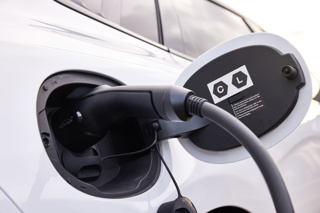
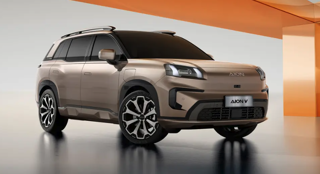
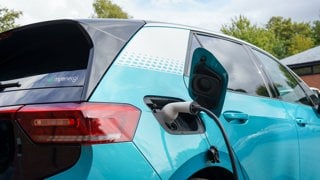
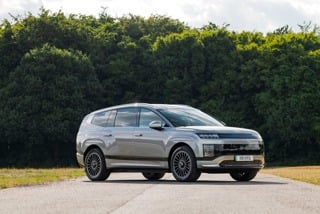


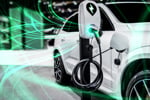




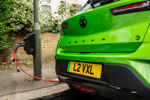


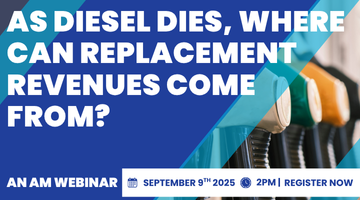


Steven Mathews - 03/12/2016 10:51
Very nice, well-reasoned counterbalance to Mr Pontin's views. And especially comforting as I'm about to order an Outlander PHEV!